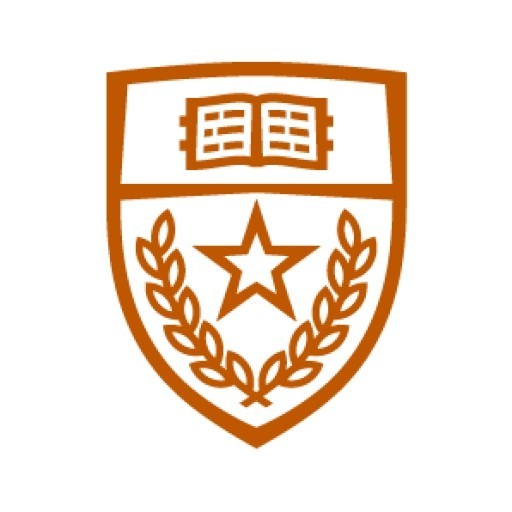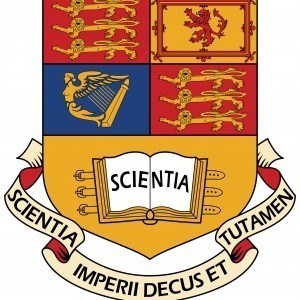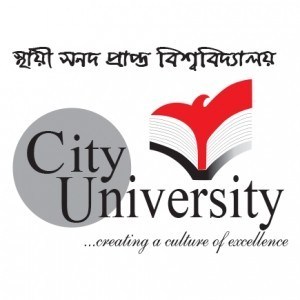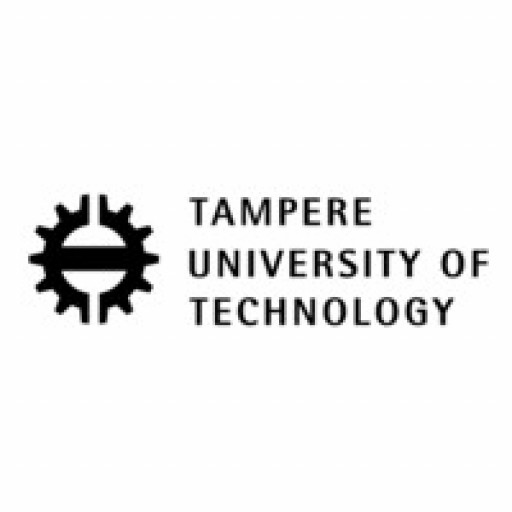Photos of university / #utaustintx
The Biomedical Engineering program at the University of Texas at Austin offers a comprehensive education that combines principles from engineering, biology, and medicine to develop innovative solutions for healthcare. This multidisciplinary program prepares students to address complex healthcare challenges through the design, development, and application of biomedical devices, imaging systems, and electronic health technologies. Students will gain a solid foundation in fundamental engineering concepts, including systems, signals, and controls, as well as in biological sciences such as physiology, molecular biology, and biochemistry. The curriculum emphasizes both theoretical knowledge and practical skills, providing opportunities for hands-on research, coursework, and internships in state-of-the-art laboratories and medical institutions. The program is designed to foster critical thinking, problem-solving, and teamwork skills essential for careers in academia, industry, or healthcare. Students have access to cutting-edge research facilities and are encouraged to participate in projects that can lead to innovations in medical diagnostics, imaging, and regenerative medicine. The faculty comprises experienced researchers and practitioners who actively contribute to advancements in biomedical engineering fields. Graduates of the program are well-equipped to pursue advanced studies, including master's and doctoral degrees, or to enter the healthcare technology industry, biomedical device manufacturing, or clinical research. The University of Texas at Austin’s Biomedical Engineering program is committed to preparing students to make meaningful impacts on health and quality of life worldwide, fostering a collaborative environment that promotes learning, discovery, and innovation in biomedical sciences.
Graduate Coursework Requirement
26 credit hours are required (approximately 8 technical* 3-credit hour courses + 2 seminar 1-credit hour courses). All eight of the technical courses must be graduate level and taken for a letter grade.
Five of the eight technical courses (3-credits each, 15 credits total) MUST meet the following requirements:
- Biological or clinical sciences
- Basic or applied mathematics
- To meet this requirement, a statistics course is encouraged, but another mathematics topic may be approved in some circumstances.
- Students must take a course from three of the four technical areas below:
- Technical area 1: Biomedical Imaging and Instrumentation.
- Technical area 2: Cellular and Biomolecular Engineering.
- Technical area 3: Computational Biomedical Engineering.
- Technical area 4: Biomechanics.
Qualifying Exam
Students must pass a qualifying exam, typically at the end of their first year. This is required for students to continue in the Ph.D. program. This exam has both written and oral components. Detailed instructions for the qualifying exam are available at the graduate office and are provided to students in advance.
Dissertation Proposal
Students who pass the qualifying exam must also pass a dissertation proposal before they can be admitted to doctoral candidacy, typically at the end of their second year.
Students must identify a doctoral dissertation committee of at least five faculty members in consultation with their supervisor and the graduate advisor. This proposal exam includes both a written and an oral component. The written component involves submitting an NSF- or NIH-style proposal (maximum 15 pages) to the student’s dissertation committee no less than two weeks prior to defending it orally to the same committee.
Final Oral Defense
Students complete their final oral defense typically at the end of their fifth year. The Graduate School provides critical information regarding deadlines, paperwork, and scheduling. Students file to graduate at the beginning of their last semester.
Teaching Assistant Requirements
All Ph.D. students are expected to participate as a teaching assistant (TA) for two semesters. The department recommends that students participate as a TA sometime between their first and third years, but the timing of this service will depend on the needs of the department and the recommendation of the student's research supervisor.
Requirements
- Application for Admission
- Official GRE scores
- Resume and/or Curriculum Vitae
- Letters of Recommendation from three individuals
- Essay Questions. Four essay questions (each a maximum of 50 lines, 12 pt font) encouraging you to reflect onyour prior biomedical engineering experiences, why you are selecting The University ofTexas at Austin Biomedical Engineering program for your graduate studies, your particularacademic and professional goals, and your role as a biomedical engineer both at TheUniversity of Texas at Austin and in the wider community. You must follow the BMEapplication essay template which can be downloaded on our admissions website
- Areas of Study – We have four overarching areas of study in the BME program: Area 1: Cellular and Molecular Imaging Area 2: Cellular and Bio-Molecular EngineeringArea 3: Computation Biomedical EngineeringArea 4: Biomechanics
- Within each area you may choose one or more sub-topics but you should not choose morethan one area of study. You will also let us know which faculty member(s) you are interestedin working with.
- The application fee is $65 for U.S. applicants and $90 for International applicants
- Official Transcripts. Include transcripts from all colleges and universities you have attended. You will uploadyour transcript as a PDF after you submitted your application and paid the applicationfee. Upload your transcript(s) on the Status Check page.
- Official TOEFL Scores
- Financial Responsibility Form
Scholarships
All admitted Ph.D. students receive full financial support through graduate research assistant (GRA) positions, fellowships, and teaching assistant (TA) positions. This includes a competitive annual stipend, paid tuition and fees, and health insurance coverage for the duration of the student's degree program. Financial support is contigent upon satisfactory progress toward the Ph.D. degree. Students admitted to the M.S. program are eligible for, but not guaranteed, financial support.
Fellowships
Top admitted applicants to our Ph.D. program are nominated for substantial fellowships through The University of Texas at Austin and Cockrell School of Engineering. All admitted Ph.D. applicants are nominated for institutional Graduate School and Cockrell School of Engineering fellowships. Admitted applicants are notified of these awards in the spring if they are selected.
The Department of Biomedical Engineering offers a prestigious Imaging Science and Informatics Portfolio Program and Fellowship through a Ruth L. Kirschstein National Research Service Award (NRSA) training grant from the National Institute of Biomedical Imaging and Bioengineering (NIBIB).
Biomedical engineering graduate students are also eligible for the NIH-funded Biomedical Engineering Big Data Training Grant.
We also strongly encourage all prospective students to apply fo prestigious external fellowships, such as:
- The National Science Foundation Graduate Research Fellowship
- The National Defense Science & Engineering Graduate Fellowship
- National Physical Science Consortium Graduate Fellowship in Physical Sciences
- The Hertz Foundation Graduate Fellowship
The University of Texas at Austin offers a Bachelor of Science degree in Biomedical Engineering through its Cockrell School of Engineering. The program is designed to prepare students for careers at the intersection of engineering, biology, and medicine. It provides a comprehensive curriculum that combines fundamental engineering principles with coursework in biology, physiology, and other health sciences, enabling students to understand and develop biomedical devices, imaging systems, and diagnostic tools. The program emphasizes hands-on learning through laboratory experiences, design projects, and research opportunities, fostering innovation and practical skills. Students in the Biomedical Engineering program at UT Austin have access to state-of-the-art laboratories and facilities, including the Biomedical Engineering Innovation Lab and the Center for Power Electronics Systems. The curriculum is accredited by ABET, ensuring that it meets high educational standards. Graduates are well-equipped to pursue advanced studies in biomedical engineering or related fields, or to enter the workforce in medical device manufacturing, healthcare technology, or research institutions. The university also encourages interdisciplinary collaboration, allowing students to work with experts in medicine, engineering, and science, thus broadening their professional outlook. The program typically includes coursework in biomaterials, biomechanics, medical imaging, systems physiology, and electrical biosignals. Students are also encouraged to participate in internships, cooperative education programs, and research projects to enhance their practical experience. Overall, UT Austin's Biomedical Engineering program aims to cultivate innovative engineers who can address complex medical and healthcare challenges through technology and research, making significant contributions to medicine and human health.






